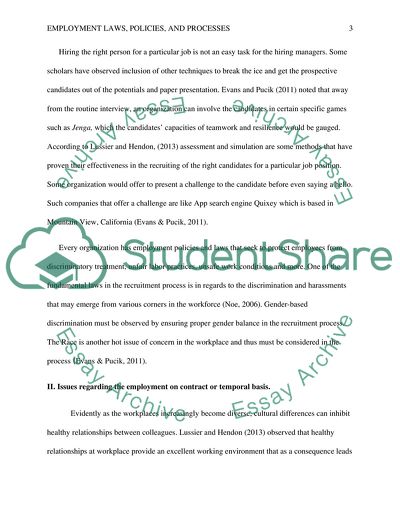Assignment 1: Employment Laws, Policies, and Processes. https://studentshare.org/human-resources/1870266-assignment-1-employment-laws-policies-and-processes
Assignment 1: Employment Laws, Policies, and Processes. https://studentshare.org/human-resources/1870266-assignment-1-employment-laws-policies-and-processes.


